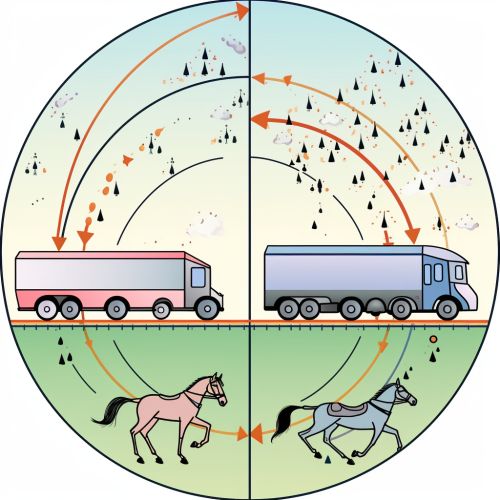Optimal transport
Introduction
Optimal transport, also known as the Monge-Köntorovich problem, is a mathematical theory that studies the most efficient ways to move mass from one location to another. The theory has its roots in the work of the French mathematician Gaspard Monge in the 18th century, and has since been extended and generalized by numerous other mathematicians, including Leonid Kantorovich in the 20th century. The theory has applications in a wide range of fields, including economics, computer science, and physics.


History
The concept of optimal transport was first introduced by Gaspard Monge in 1781. Monge was interested in the problem of "deblais et remblais", which involves moving a pile of soil from one location to another in the most efficient way possible. He formulated this as a mathematical problem, which is now known as the Monge problem.
In the 20th century, Leonid Kantorovich generalized Monge's problem to include situations where the mass can be split, resulting in the Monge-Köntorovich problem. Kantorovich's work on this problem earned him the Nobel Prize in Economics in 1975.
Mathematical Formulation
The Monge problem can be formulated mathematically as follows: given two probability measures μ and ν on a metric space X, find a map T : X → X such that T#μ = ν and the "cost" of moving the mass is minimized. The cost is typically defined in terms of the distance the mass is moved, though other cost functions can also be used.
The Monge-Köntorovich problem is a generalization of the Monge problem that allows for the mass to be split. It can be formulated as follows: given two probability measures μ and ν on a metric space X, find a probability measure on X × X that has μ and ν as its marginals and minimizes the total cost of moving the mass.
Applications
Optimal transport has a wide range of applications in various fields. In economics, it is used to model and solve problems related to resource allocation and transportation. In computer science, it is used in areas such as image processing and machine learning. In physics, it is used to model phenomena such as fluid dynamics and quantum mechanics.
